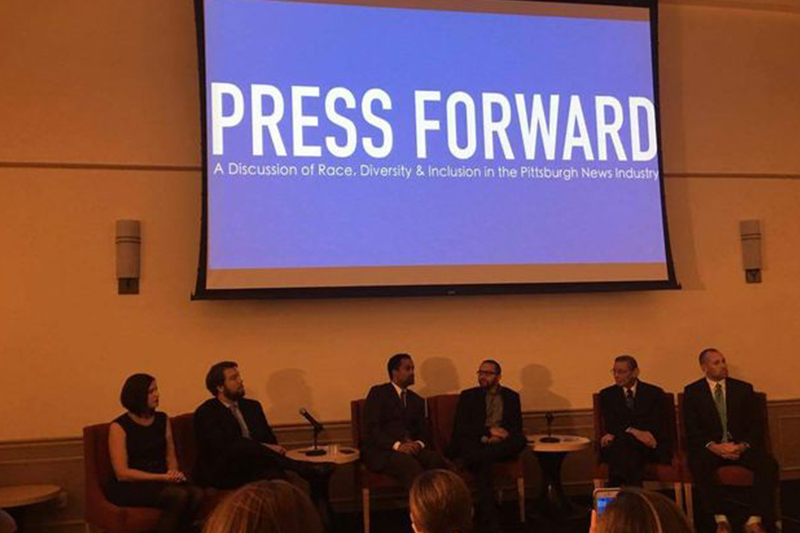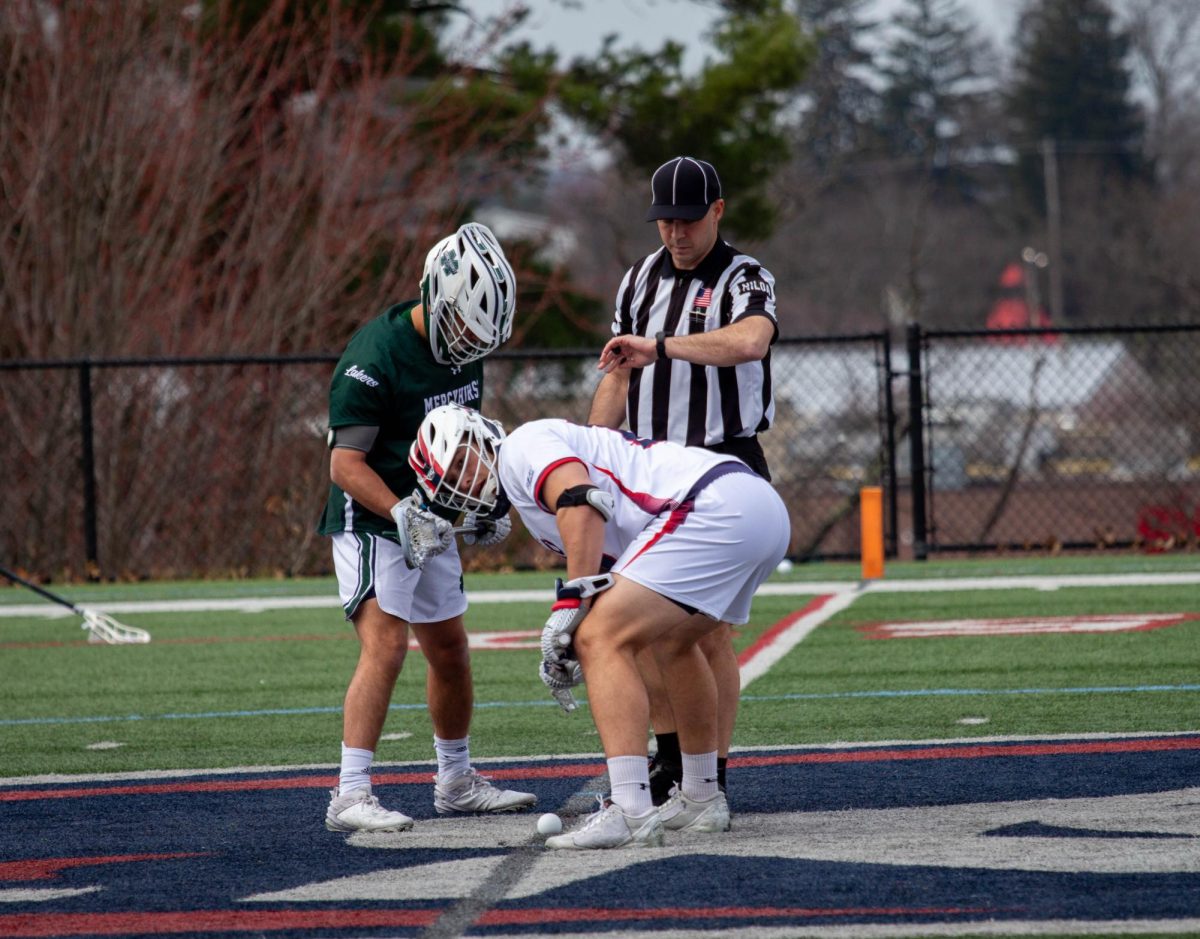On the evening of Sept. 21, the Pittsburgh Black Media Federation held “Press Forward,” a summit in which they revealed the results of their study assessing issues related to diversity and inclusion within the newsrooms in the Pittsburgh area.
The PBMF sent out a survey to 24 local newsrooms and only 10 newsrooms completed the survey—no major broadcast or radio stations completed it. The newsrooms were asked questions about the diversity in their newsrooms, recruiting people of color and ethics and diversity.
“We wanted to find out how diverse Pittsburgh area newsrooms were,” said Letrell Crittenden, assistant professor of communications at Robert Morris University. “The goal is to find out who is working in these newsrooms and what plans do you have to bring more people in and what plans do you have to review your newsrooms.”
The study found that even though people of color make up 35 percent of Pittsburgh’s population, people of color on average only made up 10 percent of the newsrooms covered. Asians and Latinos each make up 1 percent of the newsrooms surveyed.
“These are kind of intrinsic problems that have been around as long as I have been around,” said Harold Hayes, a retired reporter for KDKA. “There’s always the answer ‘well we’ve looked but we haven’t been able to find.’ Well, you haven’t looked hard enough because they’re out there. The issue of people not having specific plans in terms of recruitment of a diverse population of the workforce, I kind of expected that but I think more people need to pay attention to that and to make some changes.”
The study found that people of color were not covering issues related to criminal justice education or urban neighborhoods, despite these being issues that effect them.
One of the other panelists, Wesley Lowery, a reporter for the Washington Post talked about being a part of a team of reporters that won a Pulitzer Prize for creating a database that answers the question about how many people have been shot and killed by police each year.
“So we complied the database to create national statistics about fatal police shootings because that information did not exist at the national level,” said Lowery. “We then did analysis pieces where we looked at things like that. How many of the people were mentally ill who were killed? How many people were unarmed? How many people were killed by an officer who had previously killed before?”
As a result of the project, which is still ongoing, the Department of Justice has announced that it plans to start keeping statistics on police shootings starting in 2017.
“It is always important to hold the government accountable and what we forget about is that the police is the government. They’re agents of the state.” said Lowery “We pay for their salaries, their medical, we pay for their guns, for their bullets. So anytime someone is shot and killed by the police, the tax payers are shooting and killing that person. So it’s important to hold those people accountable.”
More information on the study can been found online HERE and the database on police shootings can be found HERE.










